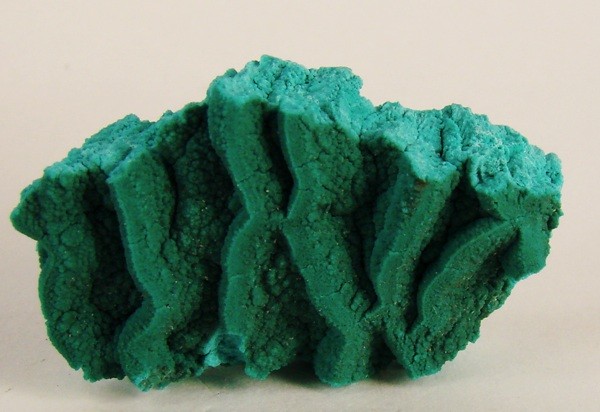Samuel Pickworth Woodward on:
[Wikipedia]
[Google]
[Amazon]
Samuel Pickworth Woodward (17 September 1821 – 11 July 1865) was an English
 He was the son of the geologist
He was the son of the geologist 
 He died on the 11th July 1865 and was buried on the eastern side of
He died on the 11th July 1865 and was buried on the eastern side of
''Manuel de conchyliologie et de paléontologie conchyliologique ou histoire naturelle des mollusques vivants et fossiles suivi d'un appendice sur les brachipodes''
Avec 23 planches contenant 600 figures et 1138 gravures dans le texte. pp. I-XXIV, pp. 1–1369, Plates I-XXIII, 1 map. Paris.
geologist
A geologist is a scientist who studies the solid, liquid, and gaseous matter that constitutes Earth and other terrestrial planets, as well as the processes that shape them. Geologists usually study geology, earth science, or geophysics, althou ...
and malacologist
Malacology is the branch of invertebrate zoology that deals with the study of the Mollusca (mollusks or molluscs), the second-largest phylum of animals in terms of described species after the arthropods. Mollusks include snails and slugs, clams, ...
.
Biography
 He was the son of the geologist
He was the son of the geologist Samuel Woodward
Samuel Woodward (3 October 1790 – 14 January 1838), English geologist and antiquary, was born at Norwich.
He was for the most part self-educated. Apprenticed in 1804 to a manufacturer of camlets and bombazines, a taste for serious study was ...
.
In 1845, S. P. Woodward became the professor of geology and natural history in the Royal Agricultural College
;(from Virgil's Georgics)"Caring for the Fieldsand the Beasts"
, established = 2013 - University status – College
, type = Public
, president = King Charles
, vice_chancellor = Peter McCaffery
, students ...
, Cirencester.
In 1848 he was appointed assistant in the department of geology and mineralogy in the British Museum
The British Museum is a public museum dedicated to human history, art and culture located in the Bloomsbury area of London. Its permanent collection of eight million works is among the largest and most comprehensive in existence. It docum ...
.
He was author of ''A Manual of the Mollusca'' (in three parts, 1851, 1853 and 1856).
He proposed the term Bernician Series for the lower portion of the Carboniferous
The Carboniferous ( ) is a geologic period and system of the Paleozoic that spans 60 million years from the end of the Devonian Period million years ago ( Mya), to the beginning of the Permian Period, million years ago. The name ''Carbonifero ...
System, below the Millstone Grit.

 He died on the 11th July 1865 and was buried on the eastern side of
He died on the 11th July 1865 and was buried on the eastern side of Highgate Cemetery
Highgate Cemetery is a place of burial in north London, England. There are approximately 170,000 people buried in around 53,000 graves across the West and East Cemeteries. Highgate Cemetery is notable both for some of the people buried there as ...
.
Woodwardite, a hexagonal mineral containing aluminum, copper, hydrogen, oxygen, and sulphur
Sulfur (or sulphur in British English) is a chemical element with the symbol S and atomic number 16. It is abundant, multivalent and nonmetallic. Under normal conditions, sulfur atoms form cyclic octatomic molecules with a chemical formula ...
, was described as a new mineral species by Church (1866) and named in honour Samuel Pickworth Woodward; its ( type locality was given only as Cornwall.Church, A. H., 1866. ''J. Chem. Soc.'' 19, p. 131.
Family
S. P. Woodward's son,Horace Bolingbroke Woodward
Horace Bolingbroke Woodward , (20 August 1848 – 6 February 1914) was a British geologist who participated in the Geological Survey of England and Wales from 1867 until his retirement in 1908. He was vice-president of the Geological Society, wh ...
(1848-1914), became in 1863 an assistant in the library of the Geological Society, and joined the Geological Survey in 1867, rising to be assistant-director. In 1893-1894 he was president of the Geologists' Association, and he published many important works on geology. A younger son was Bernard Barham Woodward, a British malacologist
Malacology is the branch of invertebrate zoology that deals with the study of the Mollusca (mollusks or molluscs), the second-largest phylum of animals in terms of described species after the arthropods. Mollusks include snails and slugs, clams, ...
and a member of staff at the British Museum
The British Museum is a public museum dedicated to human history, art and culture located in the Bloomsbury area of London. Its permanent collection of eight million works is among the largest and most comprehensive in existence. It docum ...
and the Natural History Museum
A natural history museum or museum of natural history is a scientific institution with natural history collections that include current and historical records of animals, plants, fungi, ecosystems, geology, paleontology, climatology, and more. ...
.
Bibliography
* ''A Manual of the Mollusca'' (in three parts, 1851, 1853 and 1856). * Fischer P., Oehlert P. & Woodward S. P. (1885-1887)''Manuel de conchyliologie et de paléontologie conchyliologique ou histoire naturelle des mollusques vivants et fossiles suivi d'un appendice sur les brachipodes''
Avec 23 planches contenant 600 figures et 1138 gravures dans le texte. pp. I-XXIV, pp. 1–1369, Plates I-XXIII, 1 map. Paris.
References
External links
* * 1821 births 1865 deaths Burials at Highgate Cemetery 19th-century British geologists Academics of the Royal Agricultural University Employees of the Natural History Museum, London {{UK-geologist-stub